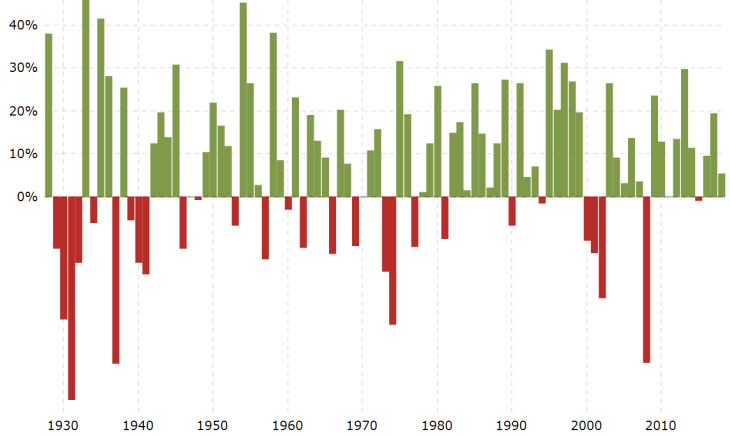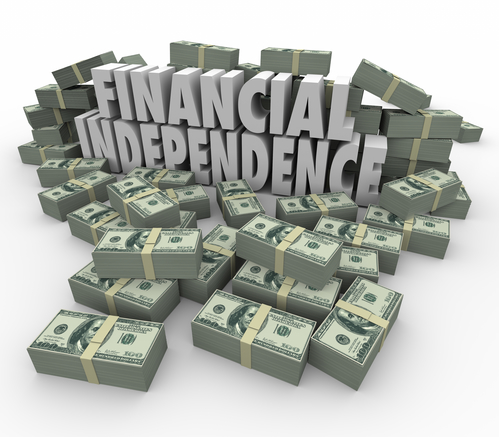The Globe & Mail newspaper has just published a column by me describing our family’s experience with three Canadian retirement planning programs available to consumers. You can find the full article by clicking on the highlighted headline here: Three online programs to help plan out your finances in Retirement.
These programs vary in price from $85 to more than $800 but just a single insight from any one of them will likely recap the modest fees. I found all three (or four actually) quite useful, seeing as I have already turned 65 and my wife Ruth will follow suit next summer, at which point she too will abandon full-time employment for the kind of semi-retirement or financial independence that this website focuses on.
Some of the planning packages are designed for financial advisors to work with their clients but all can be obtained by individual consumers. They are all strong on the financial side and the first step with any of them is to enter data into your personal computer (PC or Mac, or any device via the cloud). You’ll need your brokerage statements, pension benefits statements if any, tax returns and a good grip on your monthly expenses, which means credit-card and bank statements, and maybe charitable contributions and any other regular expenses not gathered by the foregoing.
Just as important, you need to have at least a rough picture of what your future golden years will be spent doing once you’re no longer tethered to full-time employment.
Decumulation can be more challenging that Wealth Accumulation
All these programs are good at projecting your future retirement income and taxes, factoring in the many moving parts of CPP payments, OAS clawbacks and the other minutae that make the “Decumulation” phase of retirement planning perhaps even more challenging than what the long Wealth accumulation process was. As Retirement Navigator creator Doug Dahmer (a regular contributor to the Hub) often says, tax is perhaps the single biggest expense in Retirement.
There’s an art to deciding which income sources to drawn down upon first (registered, TFSAs, non-registered), or to deciding whether to defer corporate or government pensions till 70, while drawing on savings in the meantime.
But it’s not just about money: these programs help you identify how you’ll navigate the three major phases of retirement: the early “go-go” years where you may indulge in expensive travel and other hobbies; the “slow-go” years where you pull in your oars a bit and stick closer to home; and finally the “no-go” years where one or both members of a couple start to confront their mortality and deal with rising healthcare costs and perhaps a shift into a retirement or assisted living facility.
Here’s the capsule summary of the strengths and weaknesses of each. The highlighted text in Red will take you to the respective websites: Continue Reading…






